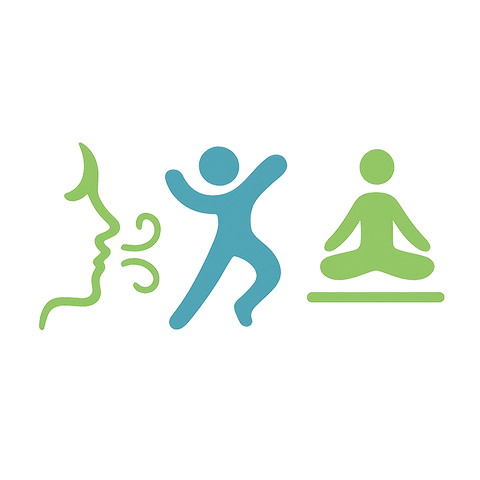Mastering the Art of Throwing: A Stretching Guide for Performance
Throwing is more than just a physical act — it’s an intricate blend of power, precision, and fluid motion. Whether you’re an athlete aiming to boost your baseball pitch, a javelin thrower chasing that extra meter, or simply someone who enjoys the dynamic motion of throwing, understanding the role of stretching can revolutionize your performance.
Why Stretching Matters in Throwing
When you think about throwing, it’s easy to focus solely on strength or technique. However, your body’s flexibility and muscle readiness are equally critical. Throwing demands a coordinated effort from the shoulder, arm, core, and legs, and any stiffness or tightness can hinder that smooth motion, decrease velocity, and increase the risk of injury.
Incorporating targeted stretching into your routine enhances muscle elasticity, improves joint range of motion, and primes your neuromuscular system for action. This ensures that every throw is executed with maximum efficiency and minimal strain.
Key Areas to Focus Your Stretching
- Shoulders: Since the shoulder drives much of the throwing motion, dynamic stretches like arm circles or cross-body shoulder stretches can improve mobility and reduce tightness.
- Thoracic Spine: A flexible upper back boosts rotational power. Incorporating thoracic twists helps maintain a smooth and powerful torso rotation.
- Wrists and Forearms: These need to be agile to maximize control and release. Wrist flexor and extensor stretches prepare your grip and release technique.
- Hips and Legs: The legs generate the initial drive. Hip flexor stretches and hamstring flexibility are essential for a balanced and strong base.
Dynamic Warm-Up for Throwing
Before you reach your maximum throwing effort, a dynamic warm-up ensures muscles are ready to move explosively. Here’s a simple routine:
- Arm Swings: Swing your arms forward and backward in controlled motions to loosen the shoulder joints.
- Walking Lunges with a Twist: Step forward into a lunge while rotating your torso toward the leading leg to engage core and hips.
- Band Pull-Aparts: Using a resistance band, pull your arms apart to activate the shoulder muscles.
- Wrist Rolls: Rotate your wrists clockwise and counterclockwise to warm up the smaller joints.
Post-Throwing Stretching for Recovery
After an intense throwing session, your muscles need to cool down and recover. Static stretches held for 20-30 seconds help maintain flexibility and ease muscle soreness:
- Cross-Body Shoulder Stretch: Pull one arm across your body, holding the elbow to stretch the shoulder’s posterior muscles.
- Triceps Stretch: Reach one arm overhead and bend at the elbow, using the opposite hand to gently push for a deeper stretch.
- Chest Opener: Clasp your hands behind your back and lift your arms slightly to open up the chest and front shoulders.
- Hip Flexor Stretch: Step into a lunge position, lowering the back knee to the floor to stretch the hip flexors.
Embrace Stretching as Part of Your Throwing Lifestyle
Throwing is an art, and like all skilled arts, it demands dedication beyond simple repetition. Stretching is your secret weapon, a tool to unlock your body’s full potential, prevent injury, and extend your athletic longevity. By integrating focused stretching into your throwing regimen, you connect more deeply with the visceral rhythm and flow that makes throwing not just an action — but a performance.




